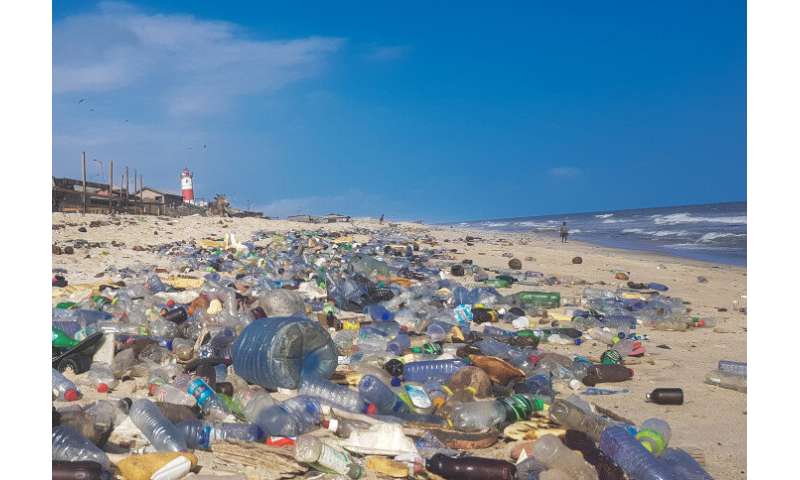Scientists got one step closer to solving a major problem of hydrogen energy

IMAGE: FE-NI-MO-B METALLIC GLASS, GRAPHICALL ABSTRACT view more
CREDIT: FEFU PRESS OFFICE
A team of scientists from Far Eastern Federal University (FEFU) together with their colleagues from Austria, Turkey, Slovakia, Russia (MISIS, MSU), and the UK found a way to hydrogenate thin metallic glass layers at room temperature. This technology can considerably expand the range of cheap, energy-efficient, and high-performance materials and methods that can be used in the field of hydrogen energy. An article about the study was published in the Journal of Power Sources.
The team developed an amorphous nanostructure (FeNi-based metallic glass) that can be used in the field of hydrogen energy to accumulate and store hydrogen, in particular, as a replacement for Li-ion batteries in small-sized systems.
Metallic glass has the potential to replace palladium, an expensive element that is currently used in hydrogen systems. The lack of economically feasible energy storage systems is the main hindrance preventing hydrogen energy from scaling up to the industrial level. With the new development, the team came one step closer to solving this problem.
"Hydrogen is the most common chemical element in the Universe, a source of clean renewable energy that has the potential to replace all types of fuel used today. However, its storage poses a major technological problem. One of the key materials used to store and catalyze hydrogen is palladium. However, it is very expensive and has a low affinity to oxidizing or reducing environments under extreme conditions. These factors prevent hydrogen energy from being used on the industrial level. The problem can be solved with metallic glasses. They are amorphous metals and lack long range atomic order. Compared to crystalline palladium, metallic glasses are much cheaper and more resistant to aggressive environments. Moreover, due to the so-called atomic free volume (i.e. space between atoms), such glasses can 'soak up' hydrogen more effectively than any other materials with crystalline structure," said Yurii Ivanov, an assistant professor of the Department of Computer Systems at the School of Natural Sciences, FEFU.
According to the researcher, metallic glass has enormous potential in the energy industry thanks to its amorphous structure, lack of certain defects that are typical for polycrystalline metals (such as grain boundaries), and high resistance to oxidation and corrosion.
What makes this work unique is the fact that electrochemical methods were used both to hydrogenate metallic glasses and to study their ability to absorb hydrogen. Standard hydrogenation methods (such as gas adsorption) require high temperature and pressure which has a negative effect on the properties of metallic glasses and narrows the range of materials that can be used in the study. Unlike gas adsorption, electrochemical hydrogenation causes hydrogen to react with the surface of an electrode (made of FeNi metallic glass) at room temperature, just like in the case with palladium.
The new method can work as an alternative to the common gas-solid reaction for alloys with low capacity or hydrogen absorption/release speed.
The team also suggested a new concept of 'effective volume' that can be used to analyze the efficiency of hydrogen absorption and release by metallic glasses. To do so, the thickness and composition of the glass-hydrogen reaction area are measured using high-resolution electron microscopy and X-ray photoelectron spectroscopy.
In the future, the team plans to develop and optimize new metallic glass compositions for practical energy applications.
Earlier a team of material scientists from FEFU, Cambridge (UK), and the Chinese Academy of Sciences had developed a method of 'rejuvenation' of 3D metallic glasses that are the most promising for practical use. The glasses had been made more moldable and resistant to above-critical loads. The improved metallic glasses can be used in many fields, from plastic electronics to various sensors and transformer cores, medical implants, and protective coatings of satellites.
###















